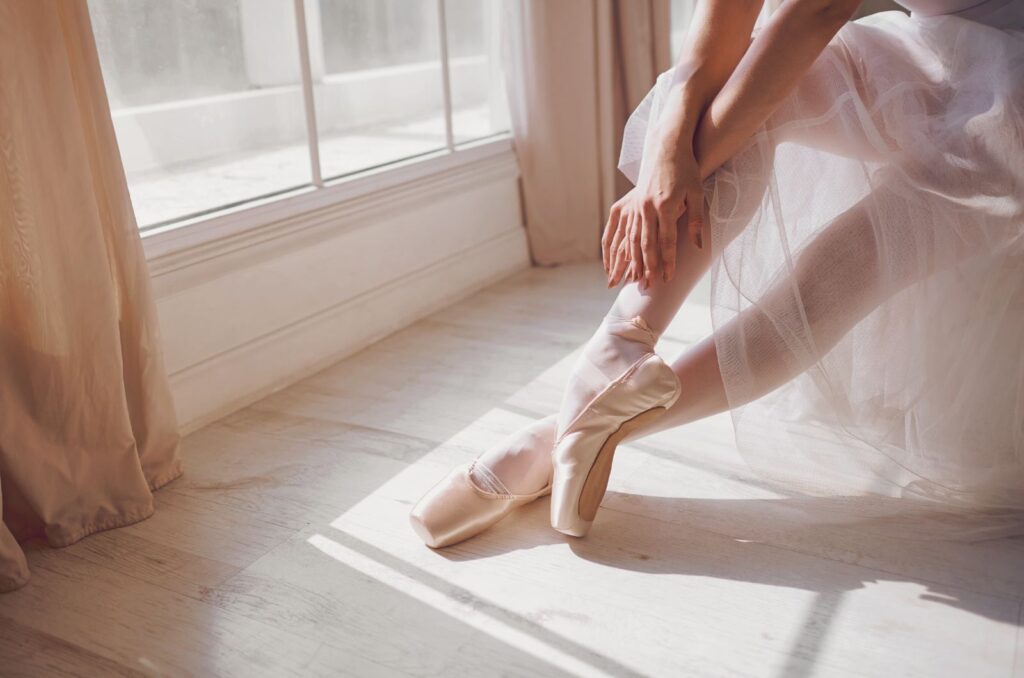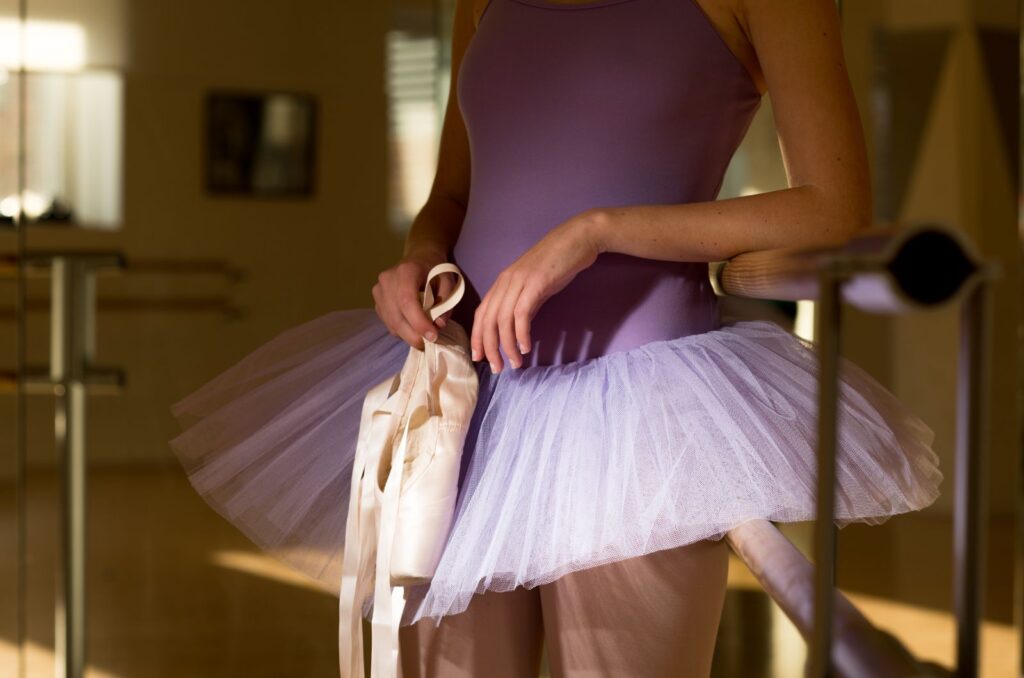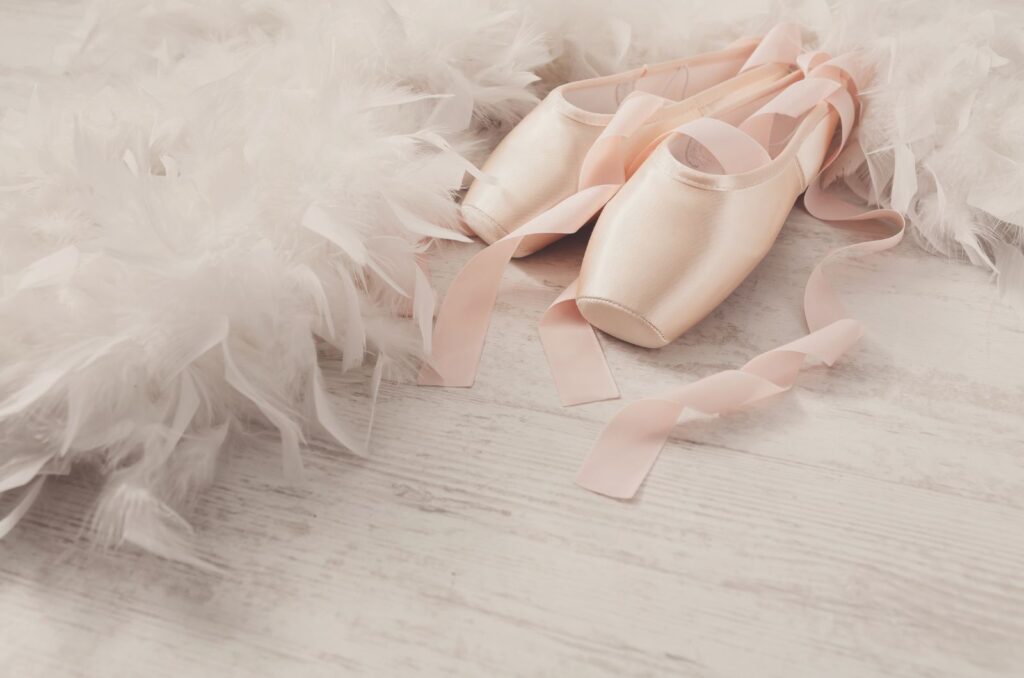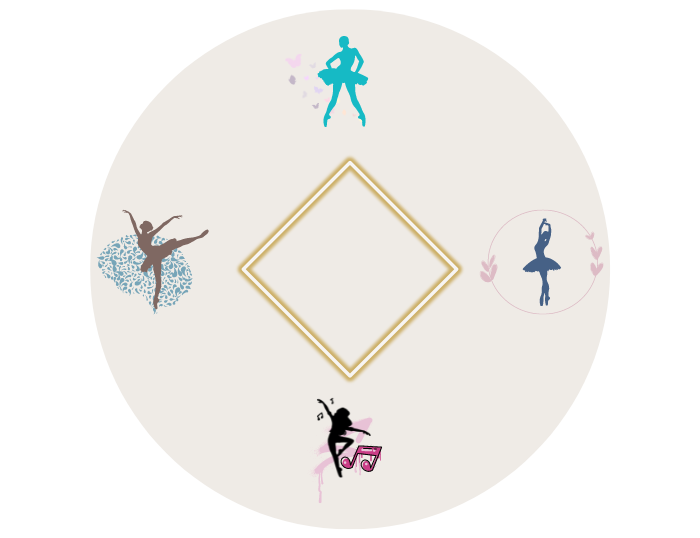Ballet breaks – we’ve all been there. That mix of guilt and dread, fearing the loss of progress and the uphill battle to reclaim former glory. Let’s face it, it’s tough.
But here’s the scoop: breaks are part of the ballet journey. It’s time to normalise them. Sometimes you choose a breather, other times life throws it at you – holidays, summer, family duties, crazy work schedules, or a nagging injury that puts your dance shoes on hold.
In many cases, these breaks are not by choice, and the worry sets in. The fear of losing hard-earned progress, the dread of going back to square one, and the nagging thought that all your efforts might be in vain. It’s a mental dance we all do.
In this article, I’m your guide, your dance companion, here to navigate those ballet breaks with you. We’ll tackle the worries, the guilt, and I’ll provide tips and ideas on how to glide back into the dance world seamlessly, even if your break has been a bit too long.
Let’s make the comeback as smooth as the satin on new pointe shoes!

WHAT TO DO DUrING A baLLET BreAK
Normalise it!
The idea of dancing through your entire ballet life without a single pause? Nearly impossible. You might be thinking, “I’ll find a way to never stop”, but you’re human! The expectation to strive for excellence without ballet breaks is a bit much.
Also, this perpetual pursuit sets up unrealistic expectations. When life inevitably hits pause, it often brings along its friends: guilt and shame. Not a fun dance, right?
Let’s flip the script. Taking a break is not the enemy. In fact, it’s healthy! Your body and mind crave those moments of rest. So, let’s get rid of the guilt and shame, shall we?
And here’s a secret – a break doesn’t automatically mean that your technique will deteriorate.
Identify the kind of ballet break you’re taking
It sounds obvious, but…
Even the most seasoned ballet dancers find themselves tangled in guilt when they skip a session, especially during the holidays or due to an injury. If your break is on the shorter side —say, a week or two for some well-deserved holiday vibes after a long period of dancing— give yourself some grace. Your body needs a breather; embrace it.
Now, here’s the fun part. Consider exploring activities and self-care practices that don’t usually make it into your routine. It’s like a mini-vacation for your mind and body.
However, what if life throws you a curveball, and a longer break is inevitable? Financial hurdles, demanding work projects, moving to a new area, or taking care of a family member in need – these reasons can pull you away from class against your wishes. It’s tough; no doubt about it. Feeling powerless and exhausted, you might need a little reminder: Take your power back, and give yourself some grace. Talk to yourself like you would to a friend —compassionately.
If ballet takes a back seat because you’re hustling in another aspect of life, that’s okay. It’s temporary. You’re not saying goodbye to ballet forever. Prioritise and strategise your moves. You’ve got this, champ. Remember, it’s just a season, and seasons change.

Get creative!
Alright, let’s add a sprinkle of magic to your routine!
Your ballet schedule doesn’t have to be all or nothing.
Picture this: a dance routine as adaptable as your dreams. No need to fully commit or hit pause altogether. Let’s tailor it to match your rhythm.
Carve out a special moment just for you—it’s not a luxury; it’s a necessity. Now, here’s where the charm unfolds. How about finding a cozy corner in your space and treating yourself to a 20-minute ballet barre session once or twice a week? It’s your personal dance sanctuary.
Feeling a bit adventurous? Slip in a 10-minute cross-training ritual here and there. Keep that strength gracefully flowing. This can help your technique once you’re back to dancing.
Additionally, you can try a resistance band workout here and there to keep your foot strength and flexibility up while you’re away.
If getting to a class isn’t an option, maybe you can find time for online classes. Explore free or paid options, whichever aligns with your journey. It’s like having a dance studio right in your living room.
Ballet breaks due to injuries
Ballet breaks that are a result of an injury need time. Patience becomes your greatest ally. Although it’s tempting to tell yourself, “I’ll be fine; let’s just try this to see what happens,” out of impatience, this can lead to further harm, delaying the healing process instead of speeding it up.
Trust the experts—your doctors and physical therapists. They hold the compass for your recovery journey. Following their advice is crucial. Honestly, injuries are an unfortunate chapter in a dancer’s life. Whether you’re a professional or not, most dancers encounter at least one injury during their journey.
Stay in the loop
When you find yourself unable to move, staying connected is key. Dive into the world of ballet through books or performances. Yet, for some, this path might evoke sadness, serving as a reminder of their inability to actively participate. If that’s you, don’t hesitate to skip this advice.
In my view, cultivating a resilient mindset is essential. Remember, this situation is temporary. It’s merely another hurdle that you’ll overcome. Find joy in other dimensions of dancing beyond the act of physically doing it yourself.
The Power of Visualisation
I won’t delve too deeply into this topic in this article since it’s an entire conversation on its own. However, numerous studies highlight the transformative effects of visualising your performance on your technique.
Besides, this practice isn’t exclusive to breaks; you can incorporate it into any stage of your dance journey. Many professional dancers leverage visualisation as a tool to uphold their technique, especially during extended breaks caused by severe injuries.
Curious to explore more about visualisation? Once you’ve wrapped up this article, you can delve deeper into the subject here.

How TO RETurN AFTER THE BaLLET BREaK
The intermission is over! Time to dust off those ballet shoes and get back on the dance floor. Yet, this moment often overwhelms dancers for various reasons:
- Insecurity about Your Technique and Performance: Doubts creep in.
- Fear of Lost Technique: The idea of how long it’ll take to regain what feels lost can be daunting.
- Decreased Stamina: Frustration sets in; you can’t dance for as long as you used to.
- Comparisons with Dance Mates: Watching others progress while you were on a break can be disheartening.
- Feeling It Won’t Be the Same: Especially true if your break was due to an injury.
It’s entirely normal to feel these things, but the key is focusing on the present and future instead of dwelling on what could have been. Remember, once you’ve mastered a skill, reclaiming it should take less time than the initial journey.
Let’s pave a path for a smooth and swift transition back to ballet!
Start with the basics
Even if you’re a seasoned dancer, it’s an excellent idea to take some classes focusing on the basics. This practice will ground you, ease your muscles into dancing again and give you the opportunity to deepen your technique. The Ballet Foundations Masterclass is an excellent self-paced course for this purpose. Learn more by clicking here.
Cross train
Make sure to add some strengthening work into your ballet schedule to help you gain your strength back, protect you from injuries and increase your stamina.
Of course, it’s a great idea to cross train though your entire ballet life. However, after a ballet break, you want to prioritise strengthening work over anything else.
Set realistic expectations
Especially if you’re accustomed to an intense ballet schedule, resist the urge to dive back in too quickly. Tempting as it may be to return to your pre-break routine, leaping into the deep end sets the stage for potential failure. Your muscles could be startled, risking injury and counteracting your goals. The last thing we want is for you to feel disheartened and disappointed.
Begin by easing into one or two classes per week, each lasting up to an hour. If you can’t complete an entire class, don’t let it bring you down. Progress takes time. Consistency is key. Gradually increase your weekly dance hours, even if it’s just an additional 10 minutes per week.
Reaching your goal is in your future, but resist the urge to set a strict timeline. Tune into your body’s cues, adjusting your training accordingly. A slow, steady pace trumps rushing in and risking burnout.
Cultivate Your Mindset Magic
Your mind and body are inseparable companions. A strong body requires a resilient mind. Nurturing a growth mindset is essential—rather than feeling hindered by challenges, let them empower you. Ballet breaks are just that: another challenge you have to overcome.
For valuable tips on honing in on your inner magic, check out this insightful article: Adult Ballet Progress: Defying Limitations.

RETuRN WITH POiSE
In the dance of life, breaks aren’t disruptions but a natural part of the choreography. Normalising these pauses is crucial for a constructive journey. Once acknowledged, you take charge, gracefully manoeuvring through the break and the initial return to ballet.
Share your ballet break experiences in the comments. Have you faced a hiatus, and how did it shape your dance story?






